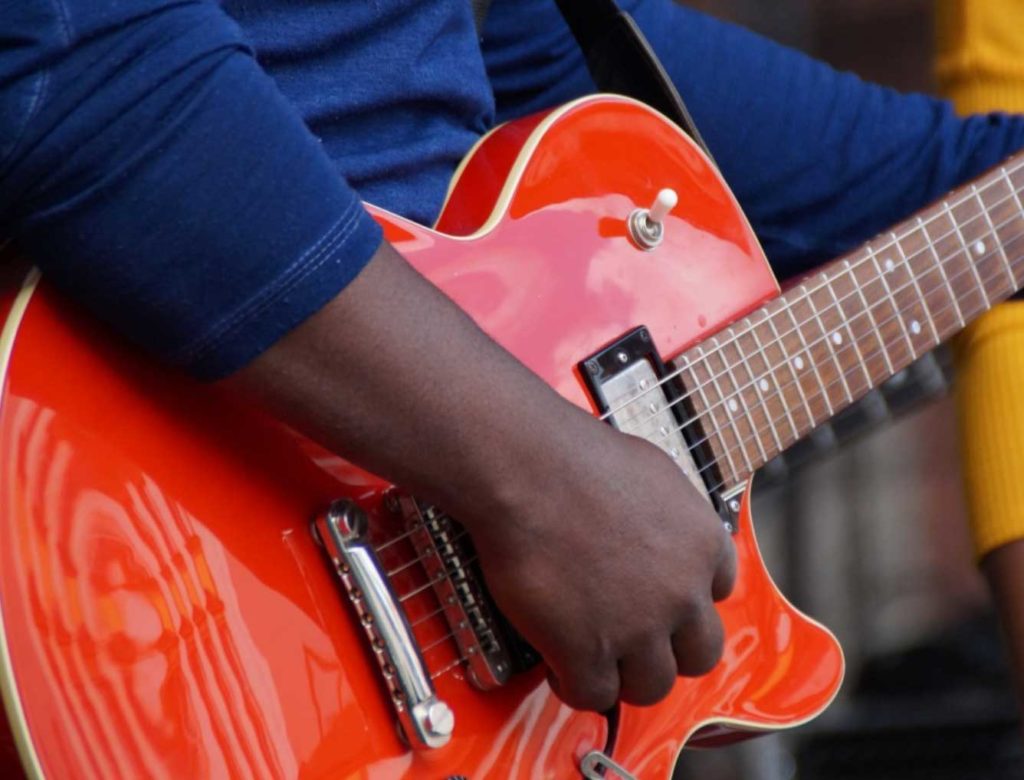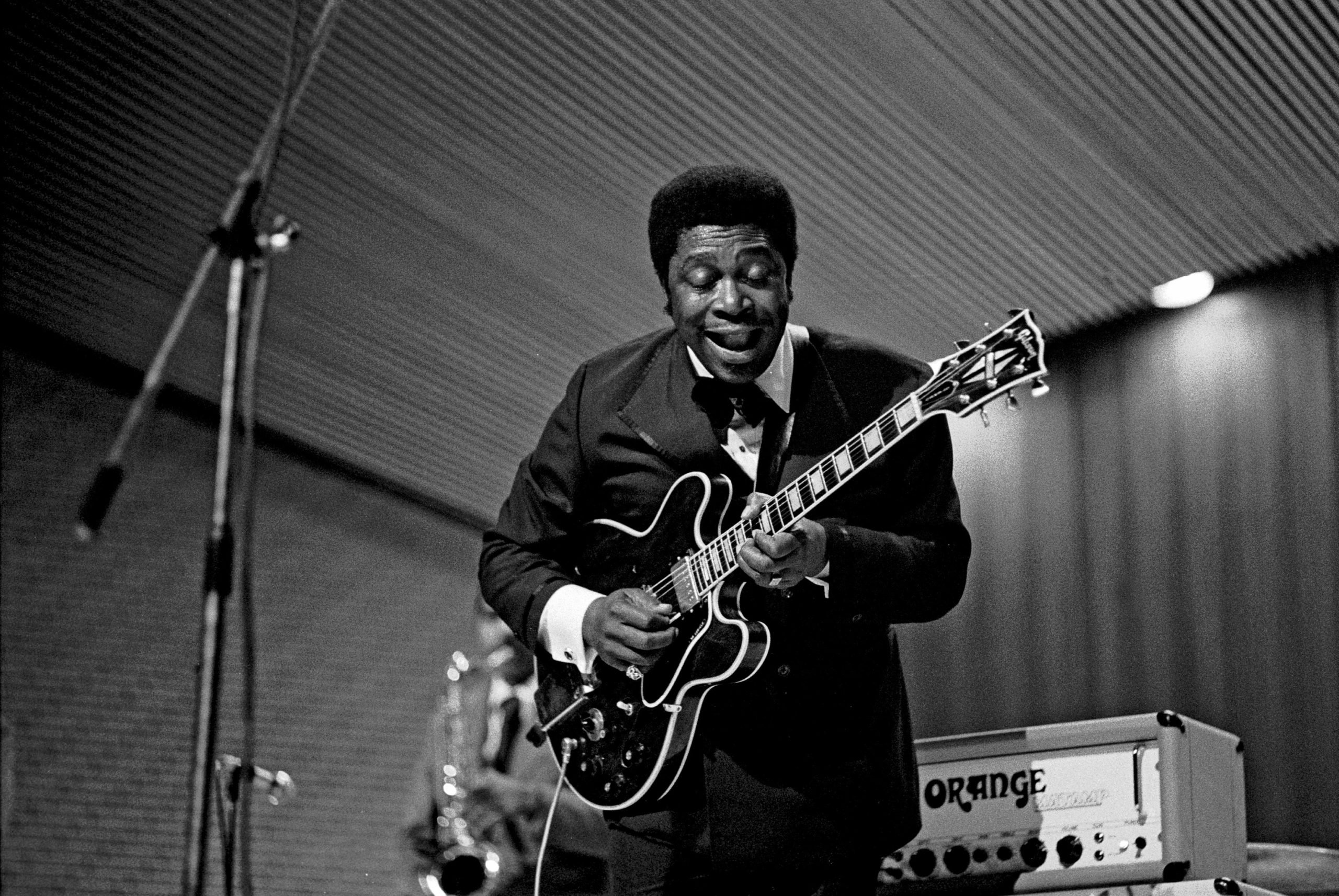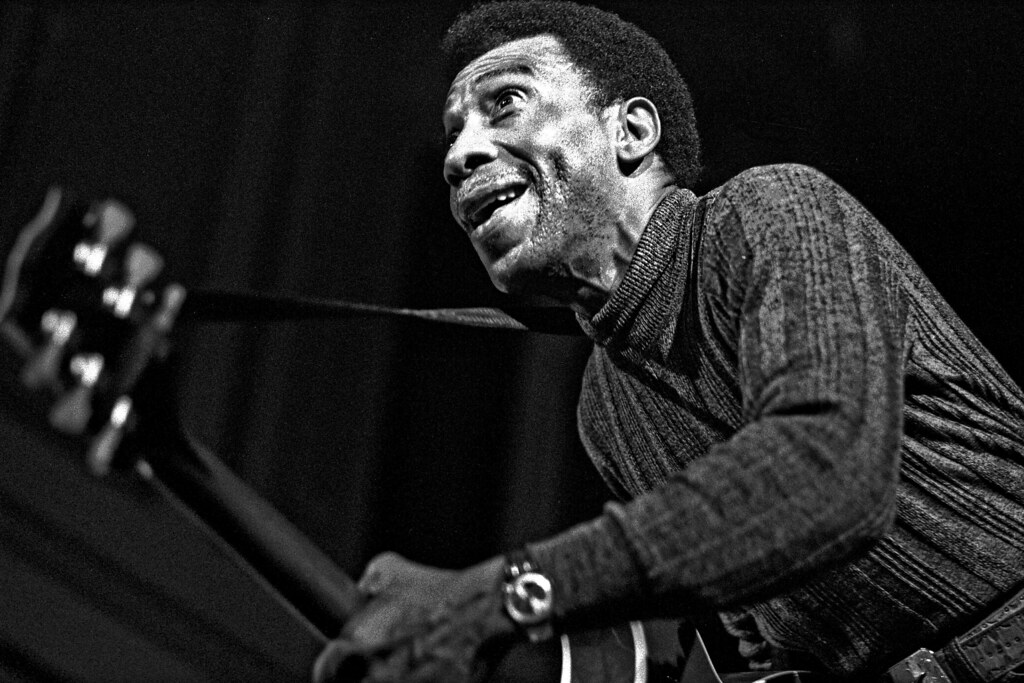In many cases, blues musicians developed such individual styles that it is difficult to compartmentalize them into any school or genre of blues. Robert Johnson (1911-1938) is perhaps the best-known of the early blues legends. He is often referred to as the grandfather of rock and roll
because he, in one way or another, has influenced so many rock guitarists. Shortly before his early death, he recorded a series of classic tunes including the seminal Cross Roads Blues.
Howlin’ Wolf (1910-1976) was born in Mississippi and also became an influential performer, not only on the guitar but on the harmonica, as well. In his youth, Howlin’ Wolf played with Robert Johnson, and at the height of his career became one of the most recognizable blues artists. The same could be said of Muddy Waters (1913-1983), who originated the Chicago Blues
. Muddy played almost exclusively on electric instruments and, like Johnson, was a huge influence on the British rock explosion of the 1960s. Other important blues musicians of this era included T-Bone Walker (1910-1975) from Texas and Homesick James Williamson.
Currently, the most recognizable and popular bluesman of his generation is B.B. King, who was born in Mississippi in 1925. B.B. has also been influential in the genre of gospel music. He can be recognized by a sweet and singing sound on a signature Gibson guitar he has named Lucille. Other famous living blues performers include Buddy Guy and Otis Rush.
Blues musicians have used a variety of guitars to accompany themselves, from acoustic steel string instruments to resonator guitars to Fenders and Gibsons. Common techniques developed by blues guitarists include slide guitar and note bending.




